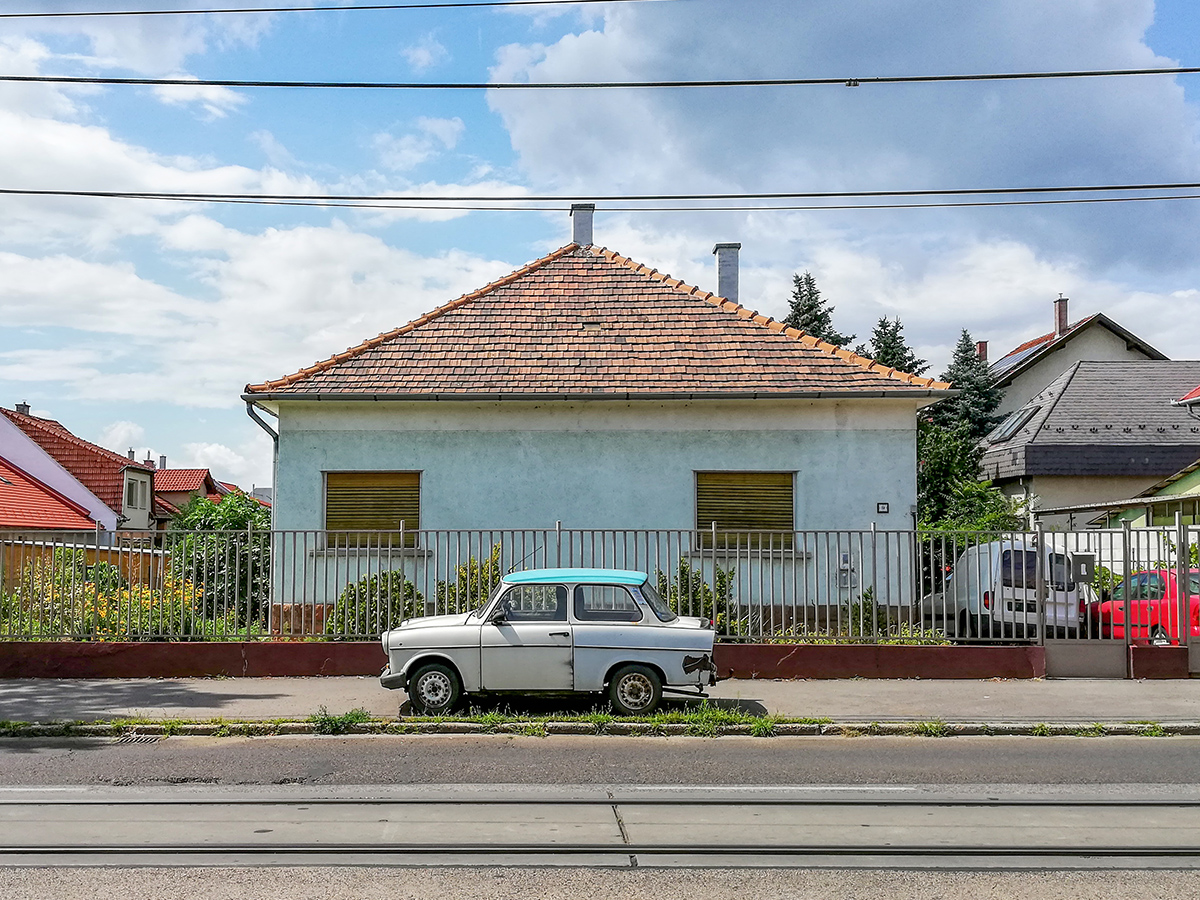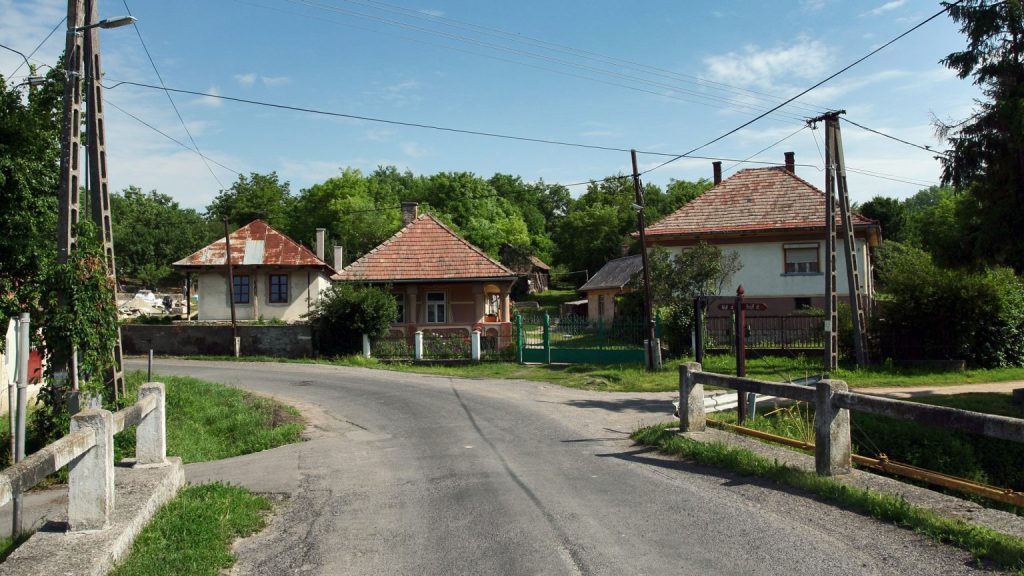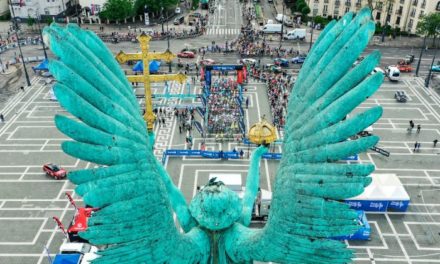Let's travel back in time and get to know its history!
The Kádár cube was a family house with a square floor plan, approximately 100 square meters in size, usually on the ground floor, which had its heyday in our country in the 60s and 70s, but of course many people live in such houses to this day. Moreover, it has become more and more fashionable to buy old Kádár cubes and renovate and modernize them, Agrároldal .
They can be found all over the country.
Thanks to the housing construction program, the construction of the Kádár cubes will start
The Kádár cube has now become a concept, however, this was not the official name of these houses, it simply stuck to them, since this house form became popular during the Kádár era. The Kádár blocks, which dominate the streetscape of the smaller settlements, were typically built instead of the former gable-roofed farmhouses. In the 1960s and 1970s, there were roughly two types of buildings: one was the metropolitan panel, the other was the Kádár cube built in the suburbs and garden cities, both types were built as a symbol of uniformity.

Photo: Fortepan / József Reményi
The so-called housing program started at the beginning of the Kádár era, the essence of which was that everyone should have a home and a roof over everyone's head - this is how the panels began to be built in a row in the cities, while in the garden and suburbs the Kádár cube, which they were also often ridiculed as a rural panel. The main years of construction of the Kádár cubes were 1956 and 1969.
The idea of the Kádár cube already existed in the 1930s
It wasn't called that then, of course - but the shape and design of the house already existed in 1930, when it was dreamed up by an architect named Major Máté. Who was commissioned to design simple, modest, but livable houses for families in one of the most prestigious streets of Pestszentlőrinc.
What was the magic of the Kádár cubes?
Many people loved and still love Kádár cubes. Simple planning, cheap materials and easy execution - all these spoke in favor of the Kádár cube. The solution with a tent roof was also practical for the square base, but of course the atmosphere of building the house also captivated people. After all, at that time it was typical that those who knew helped in a given construction: relatives, neighbors and friends. The construction of the Kádár cube and the works taking place around it had a community-forging power, which to this day brings a pleasant, nostalgic atmosphere to the people who lived through it.

Source: funzine.hu
Colorful Kádár cubes, which are also decorated with geometric shapes to stand out from the "crowd"
Since the Kádár cubes looked almost like they came off the production line, with the same shape and color, many people decided to try to stand out from the crowd. Thus, the walls of the houses were painted with strong colors, some even painted geometric shapes on them, but there were also those that sparkled when the sun shone, from the glitter in the plaster. The attention-grabbing colors and patterns were aimed at the people of the street.
At the end of the 1970s, the uniform form loosened a bit, and Kádár cubes with a larger floor area, possibly with two floors, appeared, and even those that were no longer cube-shaped.
The scene of the Kádár cube
There are currently around 844,000 Kádár cubes in Hungary, which have become a symbol of the Hungarian era, and for many, a symbol of their childhood and youth.
Although the Kádár era has long passed, one of the symbols of that period still defines the image of Hungary, and it will certainly remain so for a few more decades, as they can still be found in every part of the country. Apart from Central Hungary, the proportion of Kádár cubes is the highest in Somogy: 10.25 percent, but in Hajdú-Bihar, Zala and Baranya this proportion is over 8 percent, and in Nógrád, Vas and Tolna the distribution is below 3 percent. A large part of the Hungarian population lives in such houses.
Colorful Countryside
Featured Image: Wikimedia Commons













